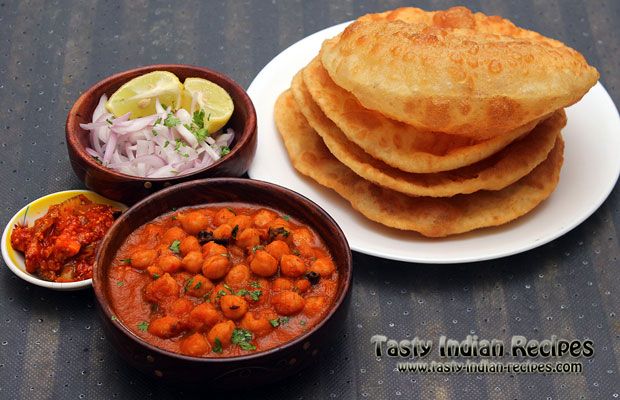Chole Bhature is a quintessential North Indian dish that holds a special place in the hearts of food lovers worldwide. Originating from the Punjab region, this iconic combination of spicy chickpeas (chole) and fluffy deep-fried bread (bhature) is a gastronomic delight that tantalizes the taste buds with its rich flavors and textures. In this comprehensive guide, we will delve into the history, ingredients, cooking methods, and variations of Chole Bhature, enabling you to recreate this beloved dish in your own kitchen.
History and Origins:
Chole Bhature has its roots deeply embedded in the culinary heritage of Punjab, a state known for its hearty and flavorful cuisine.
The dish evolved over centuries, influenced by the cultural exchanges and culinary traditions of the region.
Initially a breakfast dish enjoyed by Punjabi families, Chole Bhature gained popularity across India and eventually became a staple in Indian restaurants worldwide.
Ingredients:
a. For Chole (Spicy Chickpeas):
Chickpeas (garbanzo beans): The main ingredient, soaked overnight and cooked until tender.
Spices: A blend of aromatic spices such as cumin, coriander, turmeric, garam masala, and chili powder.
Tomatoes and Onions: Providing a flavorful base for the gravy.
Ginger, Garlic, and Green Chilies: Adding depth and heat to the dish.
Amchur (Dry Mango Powder) and Tamarind: For a tangy kick.
Fresh Coriander: Garnish for a burst of freshness.
b. For Bhature (Deep-Fried Bread):
All-Purpose Flour (Maida): The primary ingredient for the dough.
Yogurt: Adding moisture and tanginess to the dough.
Baking Powder and Baking Soda: For leavening and fluffiness.
Salt and Sugar: Balancing the flavors.
Oil: For deep frying the bhature until golden brown.
Cooking Method:
a. Chole Preparation:
Cook the soaked chickpeas in a pressure cooker until soft.
In a separate pan, heat oil and sauté onions, ginger, garlic, and green chilies until golden brown.
Add tomatoes and cook until they turn mushy. Then, add spices and cook until fragrant.
Stir in cooked chickpeas, tamarind, and amchur powder, and simmer until the flavors meld together and the gravy thickens.
Garnish with fresh coriander before serving.
b. Bhature Preparation:
In a mixing bowl, combine flour, yogurt, salt, sugar, baking powder, and baking soda to form a soft dough.
Knead the dough well and let it rest for at least 2 hours, allowing it to ferment and develop flavor.
Divide the dough into small portions and roll them out into discs of desired thickness.
Heat oil in a deep frying pan and fry the bhature until they puff up and turn golden brown on both sides.
Drain excess oil on paper towels before serving.
Serving and Accompaniments:
Serve hot Chole Bhature with a side of sliced onions, lemon wedges, and green chutney for a burst of freshness.
Pair this hearty dish with a refreshing glass of buttermilk or lassi to balance the spices and cool the palate.
Variations and Tips:
Paneer Chole Bhature: Add cubes of paneer (Indian cottage cheese) to the chole for a creamy and indulgent twist.
Aloo Bhature: Incorporate mashed potatoes into the bhature dough for added softness and flavor.
Gluten-Free Bhature: Substitute all-purpose flour with a gluten-free flour blend for a celiac-friendly version.
To achieve the perfect texture, ensure that the dough for bhature is neither too soft nor too stiff. Adjust the amount of yogurt accordingly.
Experiment with spices and adjust the heat level according to your preference. Adding more green chilies or chili powder can make the dish spicier.
Conclusion:
Chole Bhature is more than just a dish; it’s a culinary journey that celebrates the vibrant flavors and cultural diversity of India. Whether enjoyed for breakfast, lunch, or dinner, this iconic duo never fails to delight food enthusiasts with its irresistible taste and comforting aroma. With this comprehensive recipe guide, you can embark on your own culinary adventure and savor the authentic flavors of Chole Bhature in the comfort of your home.

